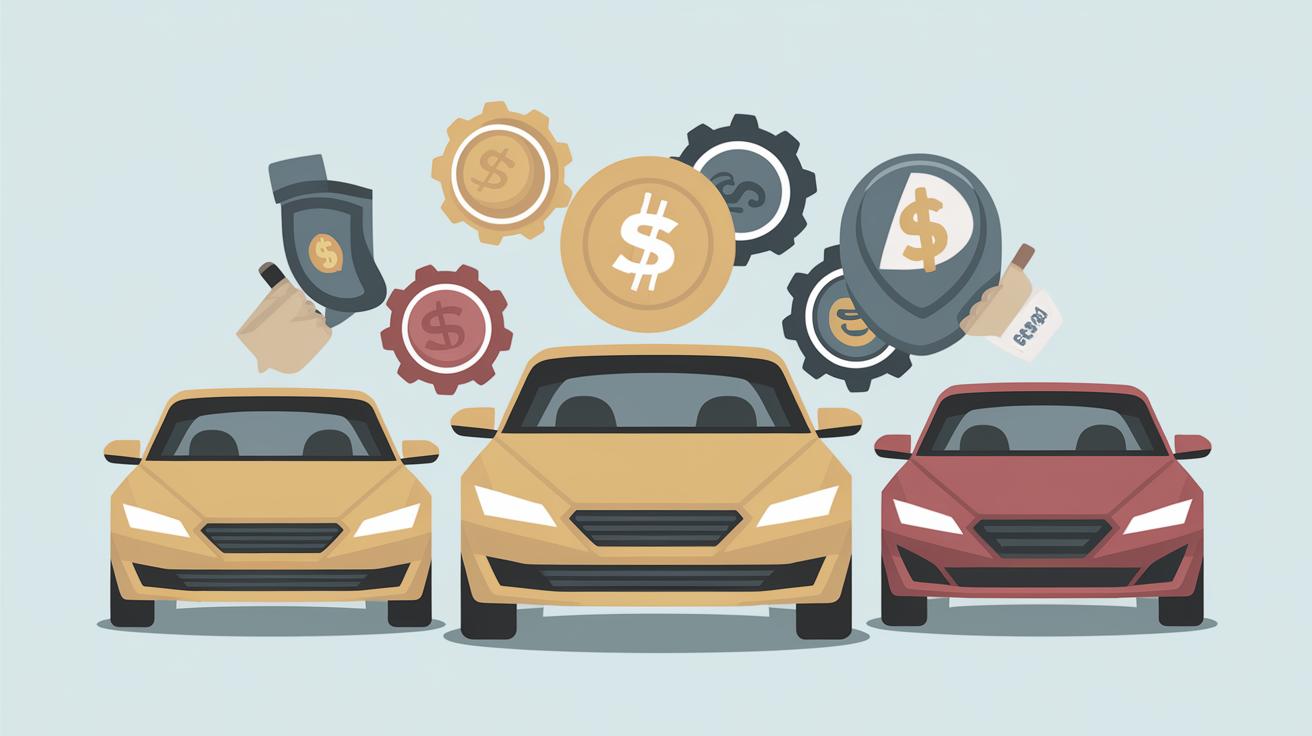Understanding Lapses in Car Insurance Coverage
Lapses in car insurance coverage can have significant and long-lasting effects on a driver’s insurance record and premium costs. This article delves into the reasons behind insurance coverage gaps, how to avoid them, and their potential impact on insurance rates. We will explore the various scenarios that can lead to a lapse and offer practical advice to maintain continuous coverage. Additionally, we will discuss the financial implications of a lapse, including increased premiums and long-term consequences on insurance history. By the end of this article, you will gain insights on how to safeguard your insurance coverage and possibly save on costs.
Save 23% on average on car insurance
Many drivers make the mistake of underestimating their ability to save on car insurance. By diligently exploring and comparing different insurance policies, you can save significantly. It’s been observed that policyholders who regularly review their insurance plans can save up to 23% on average. The key lies in understanding the market, being aware of different discounts, and negotiating with insurance providers.
Knowing your options can put you in a stronger position when evaluating car insurance possibilities. Take advantage of online comparison tools, read customer reviews, and consult with experts to recommend the most beneficial policies. Don’t hesitate to ask your current provider if they can match a better rate you’ve found elsewhere. Maintaining a strong relationship with your insurer can also lead to more personalized quotes, saving money on your premiums.
Get money-saving tips in your inbox.
Stay informed with money-saving strategies by subscribing to newsletters from leading insurance experts and financial advisors. These newsletters often contain valuable insights, exclusive discounts, and updates on new regulations that could affect your premiums. By staying informed, you avoid the common pitfalls that lead to unnecessarily high insurance costs.
Some organizations offer free financial literacy workshops or webinars to educate consumers on smart financial choices, including how to manage insurance effectively. By taking advantage of these resources, you can develop a comprehensive understanding of how to reduce costs, ensuring you pay only what’s necessary while maximizing your insurance benefits.
Why would I have a gap in my car insurance coverage?
There are numerous reasons someone might find themselves facing an insurance coverage gap. One of the most common is a simple oversight, such as forgetting to renew a policy before it expires. It’s also possible that someone made a deliberate decision to not continue coverage due to financial constraints or lack of vehicle use. Additionally, administrative errors such as incorrect policy details or missed communications can lead to unintended lapses.
Moving across state lines can also inadvertently lead to a lapse if the replacement policy isn’t in order before relocating. Similarly, insurance companies occasionally choose not to renew policies if a customer has accumulated too many claims or has become a high-risk client. Understanding these various scenarios helps in identifying vulnerable areas where gaps can occur and emphasizes the importance of staying vigilant in policy management.
How to avoid a gap in your insurance coverage
A proactive approach is crucial in avoiding gaps in car insurance coverage. Scheduling reminders for renewal dates can ensure timely action on existing policies. Investing in automatic payment plans can help prevent accidental non-payment, thus avoiding cancellations due to missed payments.
Regularly discussing your policy and any changes in your situation with your insurance agent can help maintain continuous coverage. It is also advisable to contact your insurance company immediately if you suspect an administrative error or are facing financial stress. They may offer solutions like adjusting coverage levels or modifying payment schedules to accommodate your needs without a coverage lapse.
Does a gap in coverage increase your premium?
Yes, a gap in your insurance coverage can lead to higher premiums when you reapply for a policy. Insurance providers view lapses as a red flag, often associating them with higher risk clients who may miss future payments or otherwise destabilize the risk pool. Even a short lapse may incur increased premiums, as stability and reliability are highly valued traits in policyholders.
Gaps in coverage not only impact current premiums but can also affect future opportunities to obtain competitive rates. Insurance companies may subject such applications to more rigorous assessment processes, or even refuse to offer certain types of coverage if a pattern of lapses is evident. Transparent communication with your insurer regarding any gaps can sometimes mitigate the impact, as insurers might offer leniency if the circumstances were beyond your control.
Does any gap in your insurance history impact your rate?
While not every gap will directly impact your insurance rate, habitual patterns of lapses can become concerning for insurers. Your insurance history is an important factor in determining policy offers and premiums, and frequent lapses may signal that you’re a higher risk. Insurers typically conduct a thorough review on your insurance record to assess these patterns during the application or renewal process.
That said, policyholders might still find opportunities to negotiate and explain unusual circumstances that caused the lapse. Documenting any exceptions like military deployment, extended travel, or temporary financial hardship can be beneficial. Insurers are sometimes receptive to these explanations and might be willing to adjust quotes accordingly.
Future Prospects
| Aspect | Details |
|---|---|
| Average Savings | Potential to save up to 23% by comparing and negotiating policies. |
| Information Access | Enhance knowledge through newsletters and webinars, informing on cost-effective insurance strategies. |
| Reasons for Gaps | Common due to oversight, financial choices, relocation, or administrative failures. |
| Avoiding Gaps | Use reminders, automatic payments, and direct communication with insurers. |
| Impact on Premiums | Gaps may increase premiums as they pose higher risks for insurers. |
| Long-term Impact | Frequent gaps can emerge as a pattern leading to higher future rates. |


